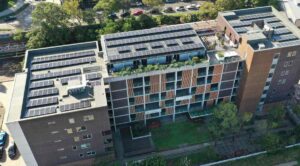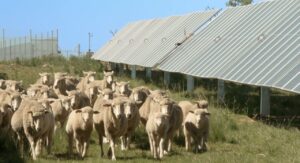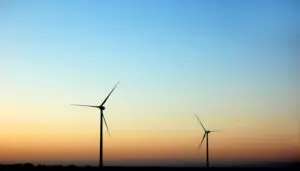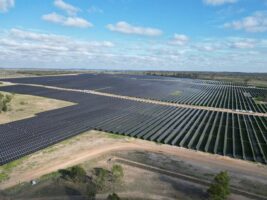How good is agrisolar? As RenewEconomy reported last year, the combination of solar farms with agriculture is in its infancy here in Australia, and often involves co-mingling panels and sheep-grazing.
But a thread on LinkedIn this week reminds us that the potential for agrivoltaics is huge – particularly in a changing climate, where both food security and energy security are at a premium. And Europe – or more specifically, the Netherlands – seems to be leading the way.
The thread starts with a post from Stephen Todd, who is the founder of the Australian company Volt Farmer, which among other things is behind the Climate Smart Farm Project, which aims to demonstrate the benefits that renewable energy and regenerative farming can provide.
“It is quite possible to create a solar farm that also provides protection for raspberries, currents and vines,” Todd wrote in a post earlier this week.
“The cooler temperature under solar arrays has been seen to promote soil biological activity as well as reducing evaporation.”

The photo accompanying the words – featured directly above – comes from a German company called Zimmerman agri-PV, and features the company’s fit out of a 1.2MW solar system over a red currant crop in the Netherlands.
The red currant agrisolar project is one of a number of projects featured on the Zimmerman website, including a 2.6MW install at raspberry farm.
As the company’s website says, as well as generating clean, renewable energy, agri-PV systems can increase crop yield by offering improved protection from sun, heavy rain, and hail – particularly for delicate crops.
The use of panels can also remove the need for plastic foil to protect crops, thus removing some costs from avoided materials and labour and reducing the use of plastic.
Zimmerman also says the panels offer better ventilation (compared to foils) and coverage from the system reduces leaf wetting, which in turn reduces the need for pesticide and fungicide and helps protect biodiversity.
Other benefits include: lower heat under the panels encourages a stable and uniform ripening time; reduction of insurance costs against hail damage; better working conditions for pickers; and wind protection, reducing the need for hedges or windbreaks and making more space available for crops.
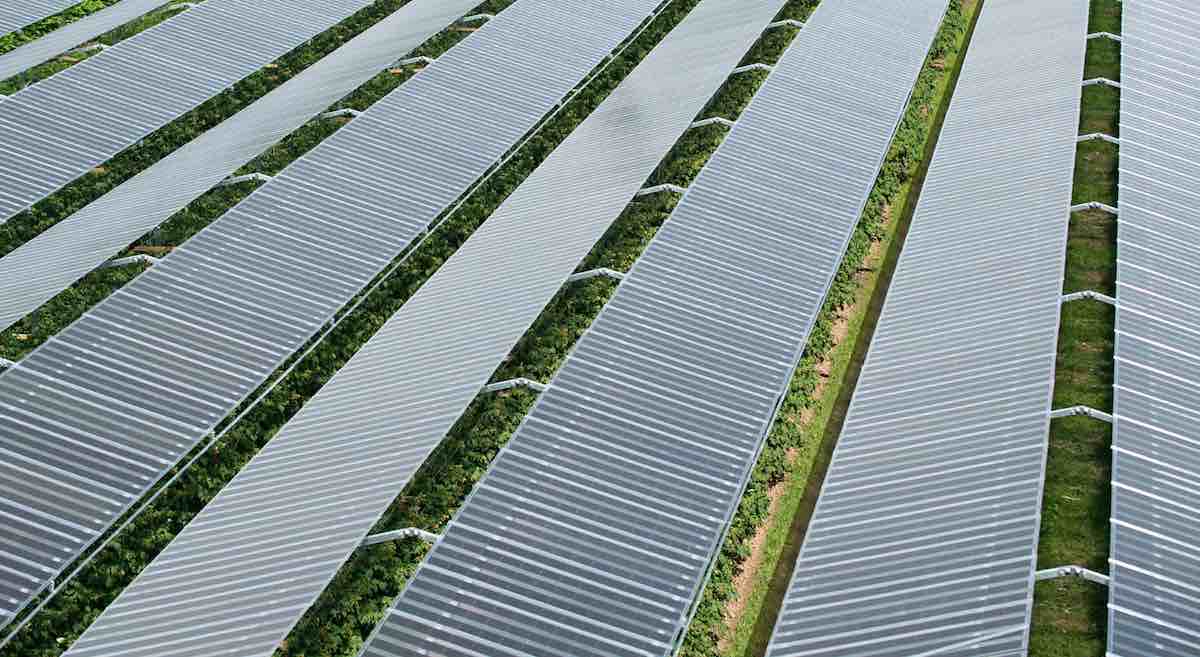
Another company, the Netherlands-based Groenleven showcased its own projects in the thread, having been installing semi-transparent solar panels designed by BayWa r.e. above crops since 2019, including one of the biggest agrivoltaic projects in Europe at the time, over the raspberry bushes of Dutch fruit grower Piet Albers (pictured above).
This company’s projects also include a trial of a solar array above a strawberry crop at Theo Swinkels’ horticultural company De Zijp in Boekel. That project is a work in progress, but we’ll give the last word to Swinkels:
“I have the idea that many people are not yet very familiar with the dual functions of solar energy that can be developed.

“As soon as the dual function becomes a well-known concept, everyone will probably participate in the deployment of innovations such as this one. Because we would like to strengthen our world and make it more sustainable for the generation that comes after us.”


